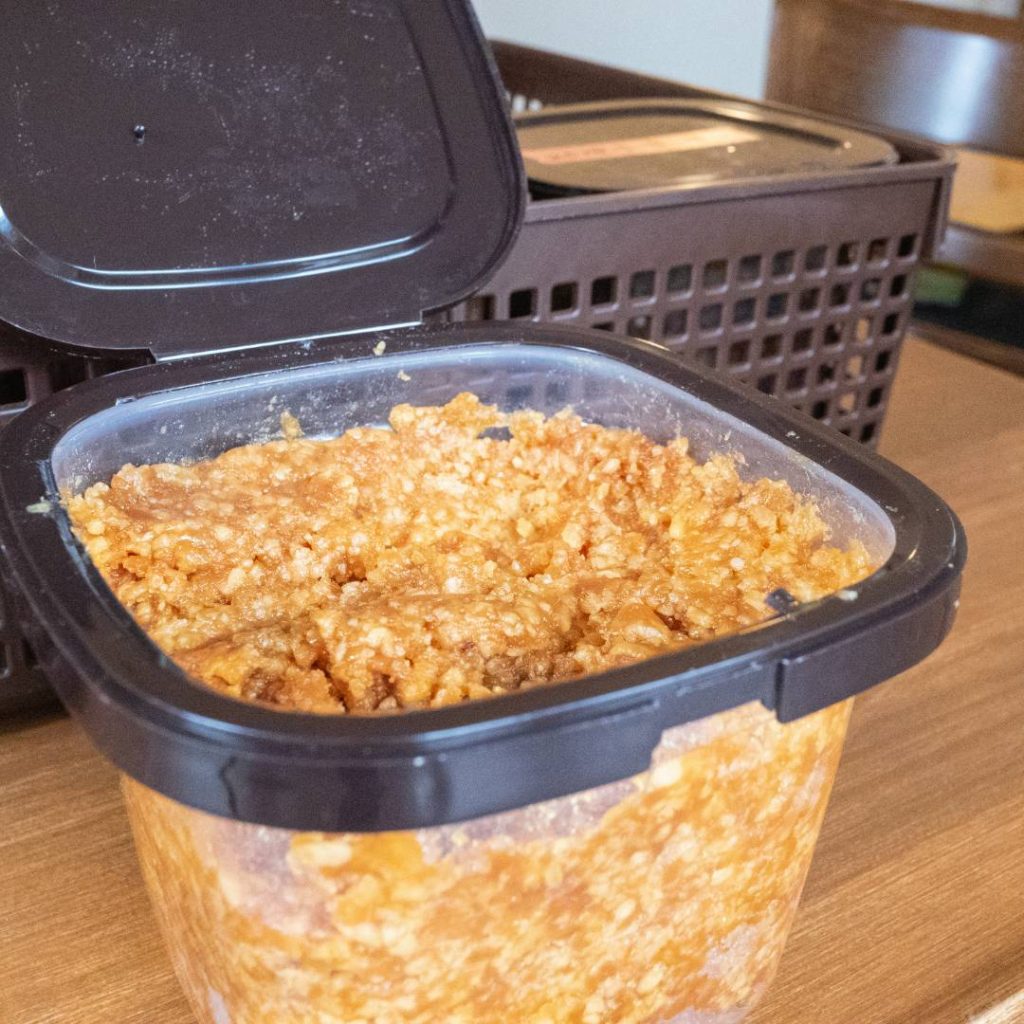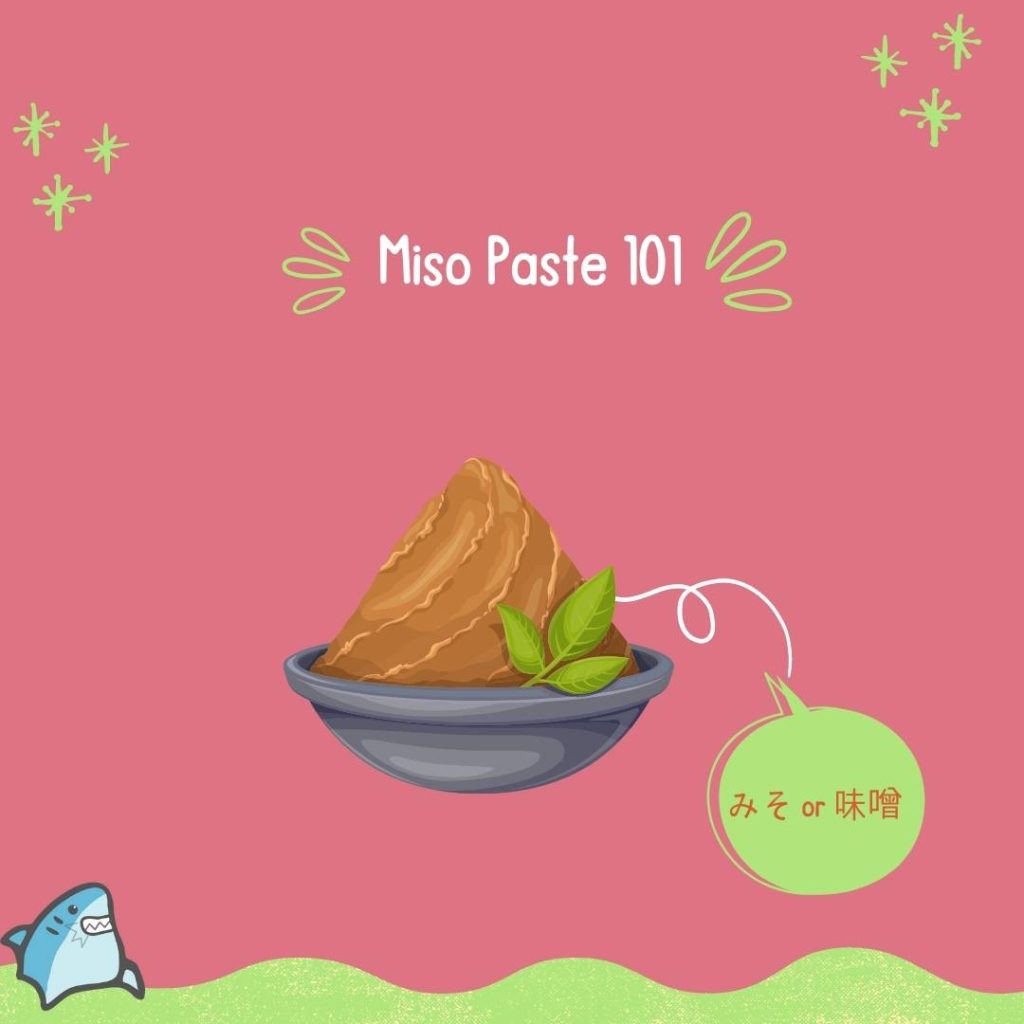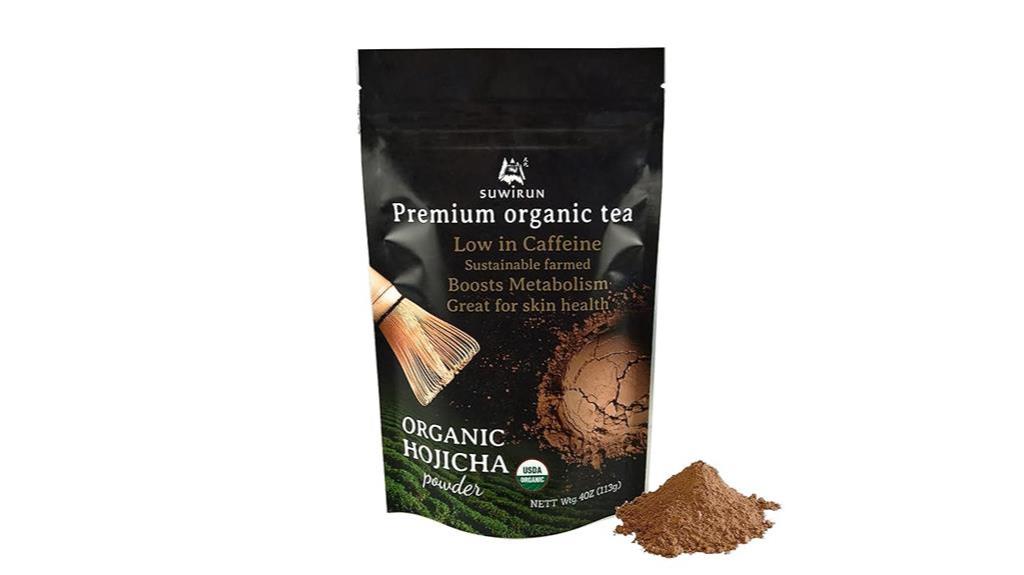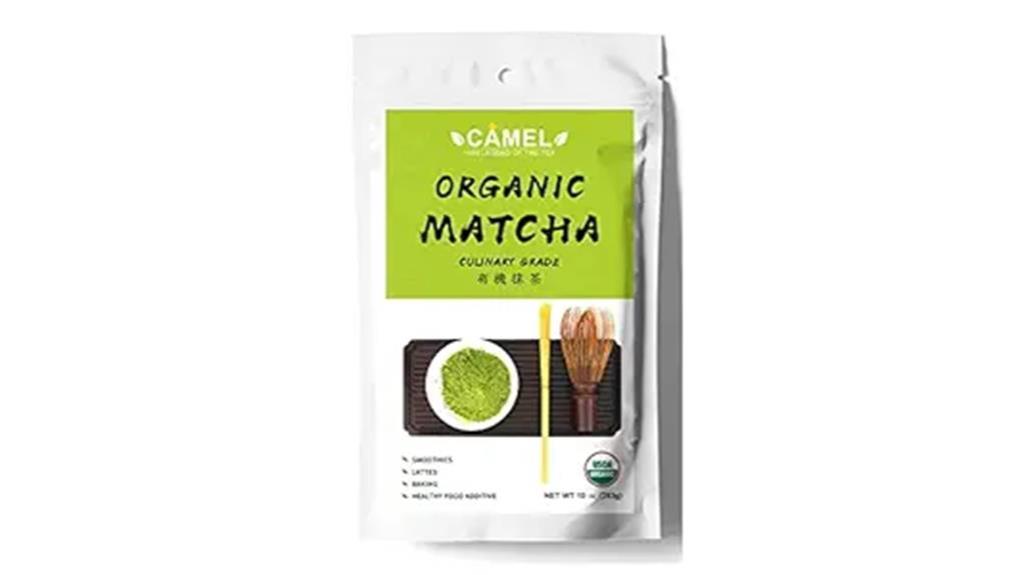Have you ever wondered what gives some Asian dishes that rich, savory, and complex flavor? Chances are, it’s miso paste.
Miso paste is a fermented soybean paste that has been used for centuries in Japan, China, Korea, and other countries.
It’s not only delicious, but also nutritious, as it contains protein, vitamins, minerals, and probiotics.
Miso paste can add depth and umami to any dish, from soups and stews to salads and desserts.
In this article, we’ll show you everything you need to know about miso paste, including how to use it, how to store it, and how to answer some common questions about it.

What is Miso Paste?
Miso paste is made by combining cooked soybeans with salt and a starter culture called koji, which is a type of mold that grows on rice or barley.
The mixture is then fermented for months or even years in wooden barrels or ceramic pots.
The result is a thick, smooth paste that ranges in color from white to dark brown, depending on the type and duration of fermentation.
The longer the fermentation, the darker and saltier the miso paste becomes.
Want to know more about how miso paste is made? Explore it here.
Varieties of Miso Paste?
There are many varieties of miso paste, each with its own flavor and characteristics. Some of the most common ones are:
- White miso (shiro miso): This is the mildest and sweetest type of miso paste, as it is fermented for a short time with a high ratio of rice koji.
- Yellow miso (shinshu miso): This is a medium-strength type of miso paste, as it is fermented for a longer time with a balanced ratio of rice koji and soybeans.
- Red miso (aka miso): This is the strongest and saltiest type of miso paste, as it is fermented for the longest time with a high ratio of soybeans and barley koji.
Let the diverse flavors of miso elevate your culinary creations.
Refer here if you want to know more about the varieties of miso paste.

Is Miso Paste Healthy?
Miso paste is not only tasty but also healthy.
It contains protein, fiber, iron, calcium, potassium, zinc, copper, manganese, vitamin K, vitamin B2, vitamin B12, folate, and phytoestrogens.
It also has probiotics, which are beneficial bacteria that can improve your digestion and immunity.
Miso paste can help lower blood pressure, cholesterol, inflammation, and oxidative stress.
It can also modulate your hormones, mood, and cognition.
Read more to know why miso paste is good for your health.

How to Use Miso Paste?
Miso paste can be used in many ways to enhance your cooking.
You can use it as a base for soups or broths; as a seasoning for sauces or gravies; as a marinade or glaze for meats or vegetables; as a dressing or dip for salads or snacks; or as a flavoring for desserts or baked goods.
You can also mix it with other ingredients that opens up a world of possibilities to create new and exciting flavors and textures in your dishes.

Does miso paste deteriorate over time?
Miso paste has a long shelf life but can undergo changes in flavor and quality over time.
Proper storage and sealing tightly, can help extend its freshness.
Check the expiration date on the packaging and consider its appearance, smell, and taste to assess its quality.
Check out more here about the signs of spoilage and more.

Does miso paste need to be refrigerated?
Miso paste should be refrigerated to maintain its freshness and quality.
The cool temperature helps slow down the fermentation process and prevents the growth of harmful bacteria.
When stored properly in the refrigerator, miso paste can last for a long time.
However, it’s essential to keep it tightly sealed to prevent exposure to air and moisture.
Click here to know more about how you store and handle your miso paste.

Can you freeze miso paste?
Yes, you can freeze miso paste.
Freezing miso paste is a common method to extend its shelf life and maintain its quality over a more extended period.
Miso paste is made from fermented soybeans, and freezing it helps to slow down the fermentation process, which can otherwise cause the flavors to change and the paste to become less potent over time.
Please note that freezing miso paste may cause some separation or changes in texture once thawed.
However, this is generally not a problem, as you can stir it back to a smooth consistency.
Also, the flavor and overall quality of the miso paste should remain intact after freezing.
Before you freeze your miso paste, know the technique here.

Is miso paste gluten-free, vegan, or soy-free?
Miso paste is a traditional Japanese condiment made from fermented soybeans, rice, or barley.
Depending on the ingredients used in its production, miso paste can be gluten-free and vegan.
While some varieties of miso paste are gluten-free and vegan, others may contain gluten if barley is used in the fermentation process.
Additionally, soy-based miso paste contains soy, so it is not soy-free.
To understand the specific characteristics of the miso paste you are interested in, it is recommended to read the product labels or ingredient lists for detailed information.
Is soybean paste a miso?
Soybean paste is not exactly the same as miso, although they share some similarities.
Miso is a traditional Japanese condiment made from fermented soybeans, rice, or barley, while soybean paste typically refers to a fermented paste made solely from soybeans.
While both products undergo a fermentation process, they differ in terms of flavor, texture, and usage.
To understand the specific differences between miso and soybean paste, click on my blog post here.

Where can I find miso paste in the grocery store?
Miso paste is commonly found in the international or Asian section of most grocery stores.
It is typically located near other Japanese or Asian condiments and ingredients.
Some stores may also have a dedicated section for specialty or organic products where you can find different varieties of miso paste.
You can also order it online on Amazon or other Japanese online stores.
To know more about where you can buy it? Click here to discover.
Conclusion
Miso paste is a wonderful ingredient that can add flavor, nutrition, and probiotics to your dishes.
It comes in different varieties, each with its own taste and characteristics.
You can use it in many ways, from soups and sauces to desserts and snacks. Just remember to measure it, dissolve it, and cook it properly to get the best results.
I hope this article has given you a better understanding of miso paste and how to use it.
If you’re ready to try miso paste in your own recipes, I have some delicious and easy ones for you to choose from.
Click here to see my collection of miso paste recipes and start cooking today.










Konnichiwa! (Hello!) I'm Pat Tokuyama, a Japanese tofu cookbook author, who travels for music, food, and adventure. If you like Japanese tea, checkout some of the newestorganic japanese tea, matcha bowls and noren and more!
** Curious about the Plant Based Japanese Cooking Club? ** Learn more here!